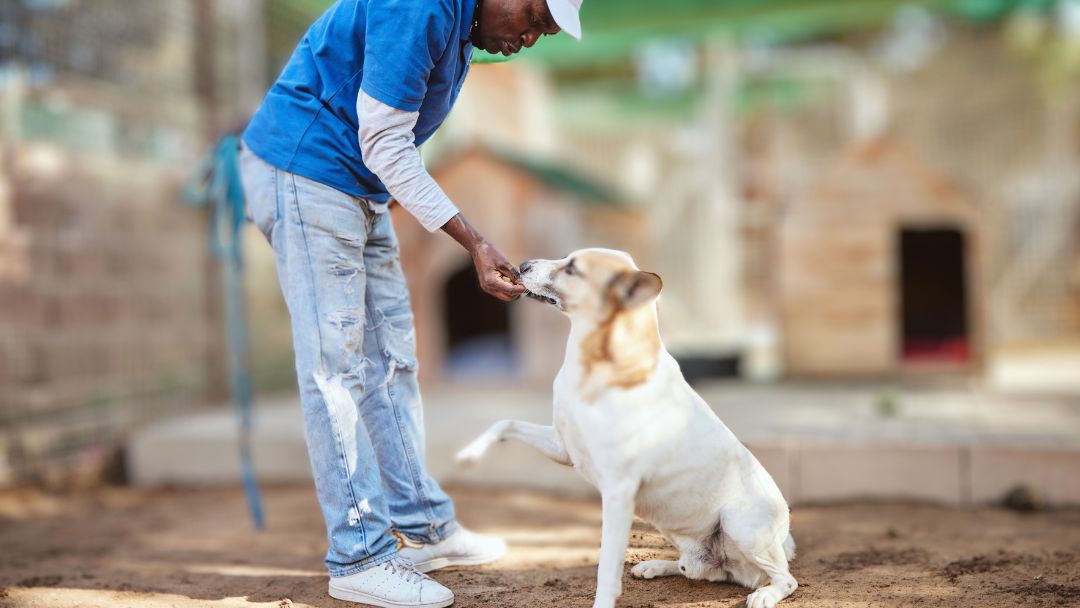
The Indispensable Human-Canine Bond
The remarkable bond between humans and dogs spans millennia, crossing cultural and geographical boundaries. Nearly every scientific discipline, including biology, anthropology, sociology, psychology, and linguistics, has something to tell us about the value of the bond between our two species. At the National Canine Research Council we examine the myriad ways the human-canine bond enriches people’s lives.










